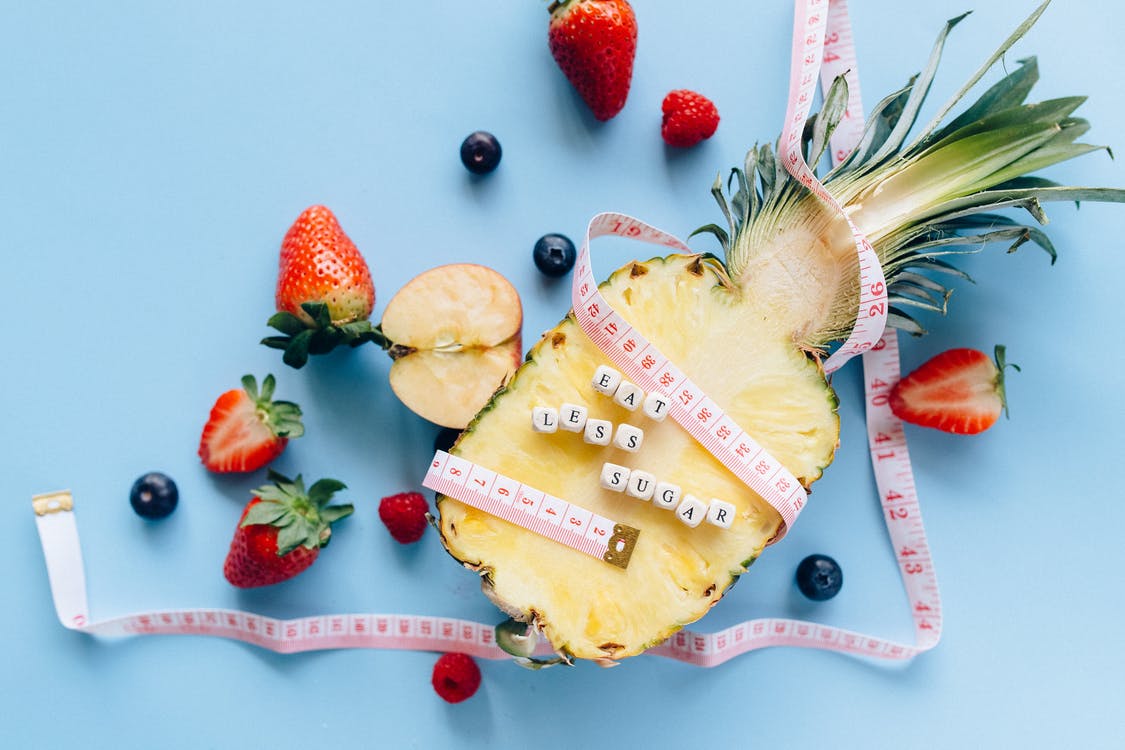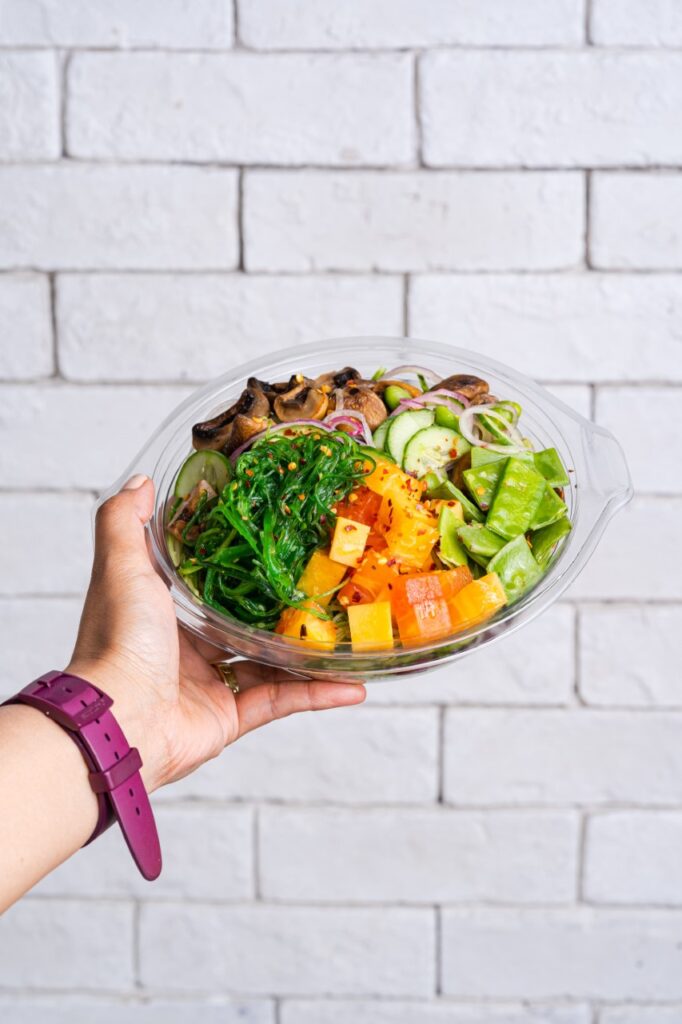You’re jetting off to work and realize, as you park your car, that you left your lunch at home…or maybe you’ve been invited to an after-work birthday celebration for a coworker or a friend. You might decide to grab a sandwich from the nearby cafe or market, which is short walk from work. You might desire a big meal after work. But you want to be good and continue your early stage healthy eating goals.
With today’s fast-paced lifestyles, many end up eating out at least weekly. Whether that means grabbing a sandwich, ordering take-out for dinner or savoring that scrumptious meal at a popular restaurant, you may have your work cut out for you.
Meals outside of home present a bigger challenge: it’s difficult to control what ingredients, portions and calories are served up. This can be especially challenging for those with obesity or who are overweight, and Type 2 diabetes (as well as for those of us trying to avoid this outcome).

Here are tips on how to eat healthy when dining out:
1. Find out how the food is prepared…
Ask about the ingredients before you order that dish. Go for options boasting whole grains, vegetables, healthy oils (extra virgin olive oil, avocado oil) and lean proteins. Meat that has been broiled, baked or poached is a more health-conscious option than fried or even grilled foods.
2. Search for less…
Your eyes are a great instrument for sizing up portion sizes. Use these estimating techniques to adequately size up the food on your plate:
- 1 Teaspoon of almond or peanut butter, sugar or butter
- 1 Handful of nuts (approximately one ounce)
- 1 fist-sized portion of pasta or veggies
- 1 palm-sized portion of fish, poultry or beef (approximately 3 ounces
3. Grab an extra side of (nothing deep-fried) veggies…
Go with non-starchy vegetables like broccoli, asparagus, zucchini, or the ubiquitous carrots & celery (sans dip) snacks.
4. Whenever possible plan ahead…
Access important nutrition facts ahead of time. Most dining establishments (even fast-food options) provide calories, sodium, and fat content for their menu items. Check out www.calorieking.com for a listing of over 50,000 foods, including numerous restaurant items.
5. Tote your own bottled water…
When you tote your own bottle you also reduce your carbon footprint. Single use plastic water bottles are as wasteful as they may seem practical. The entire life cycle of disposable water bottles uses fossil fuels, contributes to global warming, and causes pollution. Consider this: more than 17 million barrels of oil are required to produce enough disposable plastic water bottles to meet America’s annual demand for bottled water.
A common concern with reusing plastic water bottles is chemical leaching: chemicals from the plastic mix with whatever liquid you put inside. Also, plastic bottles can harbor harmful bacteria, which is why most manufacturers recommend single-use bottles. It’s best to go with a reusable stainless-steel or glass bottle instead
6. Skip the restaurant bread…
But why skip the bread? When they place that basket of fresh-baked bread or dinner rolls on your table isn’t that a sign of diner appreciation? After all, it’s (usually) a freebie, right? Well, not exactly. While the jury may be out on whether or not it causes subconscious reciprocity where the unwitting diner will now feel obliged to spend more on appetizers and the main courses, one thing is indisputable…bread actually makes you hungrier. Simple carbohydrates (bread) trigger insulin production, which makes you hungrier than you were prior to entering that restaurant.
Instead, go with a small salad that boasts leafy greens and ask for extra virgin olive oil or balsamic vinaigrette on the side. You’ll start off with a nutrient-dense boost and end up eating a little less thereafter, possibly saving you a few extra bucks while avoiding that post-meal sluggishness that often accompanies overeating.

